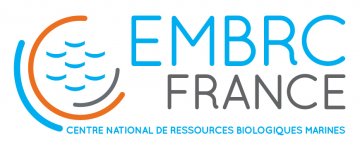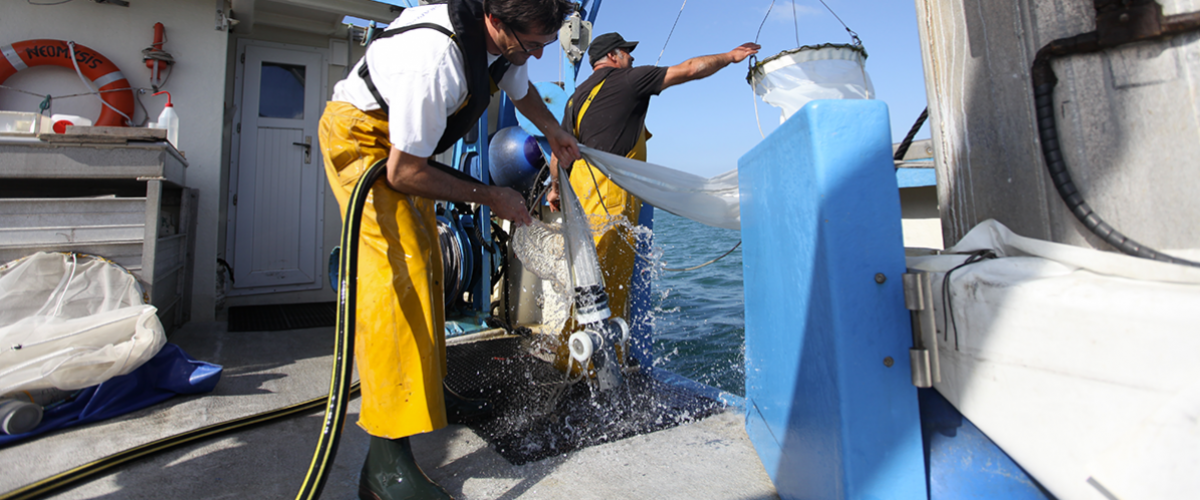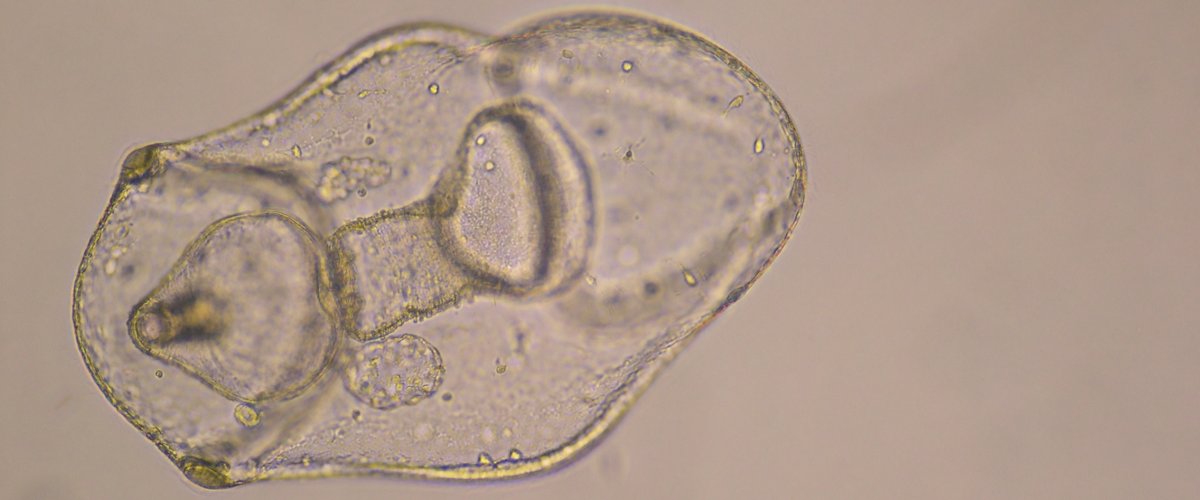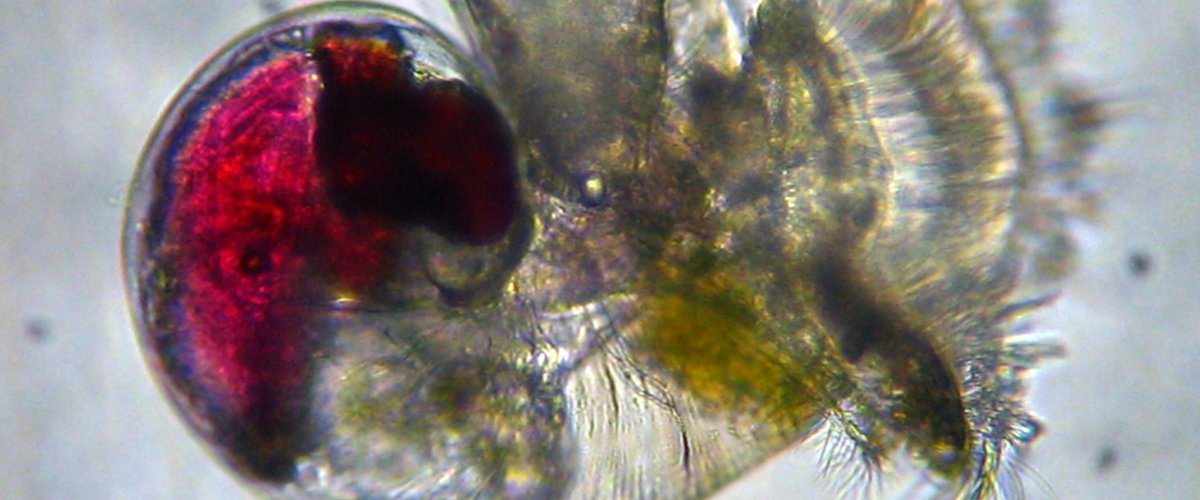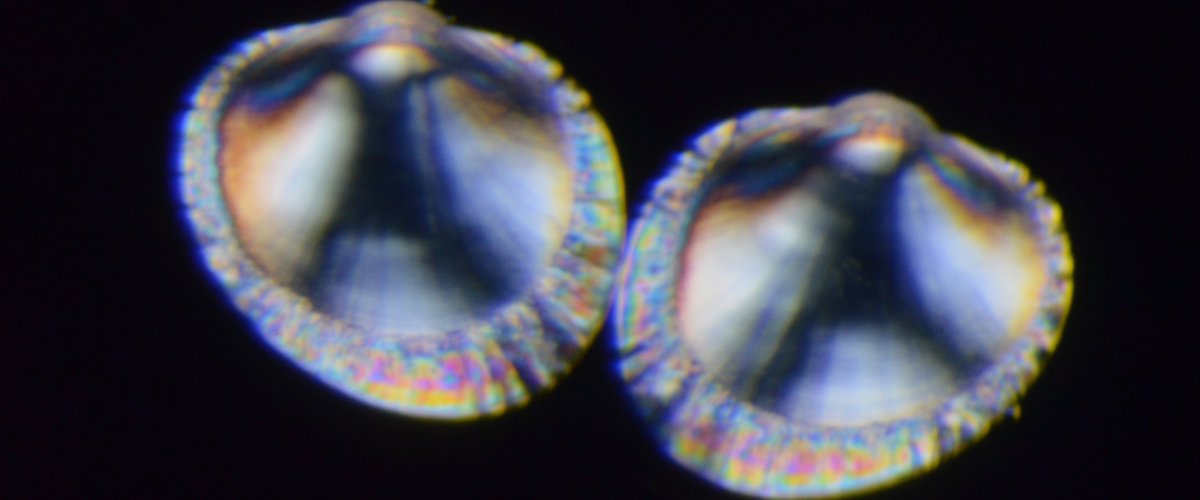Thierry Comtet
Chargé(e) de recherche CNRS

Main research interests
- Larval dispersal
- Biology and ecology of marine invertebrate larvae
- Role of marine invertebrate larvae in biological introductions
- Contribution of the larval diversity to the plankton diversity
- Molecular and geochemical tools for the study of marine invertebrate larvae and population connectivity
Description of research activities
My research activities are focused on the larval stages of marine invertebrates. These tiny free-swimming developmental stages are a temporary component of zooplankton, and as such are part of the meroplankton. Because they spend hours to months in the plankton, they are the main – if not the only – vector of dispersal in many marine species. I aim to study some of the biological features which influence the dispersal abilities and connectivity between populations, in particular the planktonic larval duration and the larval behaviour. To assess connectivity, I am interested in various approaches, i.e. elemental fingerprinting, larval transport biophysical modelling, and population genetics. Combining these approaches is key to understand dispersal patterns and is made possible thanks to the multidisciplinary skills within the UMR 7144 and through collaborations. Biological models include non-indigenous species, in which larvae play a key role during primary introduction, establishment and natural spread.
Because of their small size and a common lack of diagnostic features between closely-related species, larvae are notoriously difficult to identify. To overcome this difficulty I use DNA-based approaches to identify and quantify larvae in plankton samples. After having used regular barcoding on individual larvae, I now use metabarcoding to make inventories of species at the larval stage. Such approaches allow to determine the contribution of meroplankton to the pelagic diversity, including non-native species, and to infer the reproductive features of target species. In the context of climate change, I aim to use this powerful method to infer changes in the reproduction period of various species based on the occurrence of their larvae.
Current research projects
Aquanis2.0 (Total Foundation). This project aims to study marine biological introduction processes by using High-Throughput Sequencing approaches (metabarcoding), focusing on harbors and marinas. In particular, it aims to (1) improve the early detection of non-indigenous species (NIS), (2) identify cryptic non-indigenous taxa, and (3) assess NIS spread from artificial (marinas) to natural systems. I am mostly involved in this last task.
CERBERUS (Agence Nationale de la Recherche). The aim of this project is to assess the connectivity between invertebrate populations living at hydrothermal vents of the back-arc basins of the Pacific Ocean. I am involved in the study of dispersal in vent molluscs (mussels Bathymodiolus, gastropods Alviniconcha and Olgasolaris), by using the elemental composition of the larval shell, used as a natural tag of the larva’s origin (elemental fingerprinting).
RECCRU (France Filière Pêche). The aim of this project is to study the recruitment of several crustaceans of commercial interest along the northern French coasts. I am involved in the study of larval dispersal in these species, especially in the spiny lobster Palinurus elephas.
Editorial activities
Member of the editorial board of the CBM – Cahiers de Biologie Marine.
Publications
(Full list available on Research Gate )
Rigal F, Viard F, Ayata SD, Comtet T (2010) Does larval supply explain the low proliferation of the invasive gastropod Crepidula fornicata in a tidal estuary? Biological Invasions 12:3171-3186. doi: 10.1007/s10530-010-9708-9
Ayata SD, Stolba R, Comtet T, Thiébaut E (2011) Meroplankton distribution and its relationship to coastal mesoscale hydrological structure in the northern Bay of Biscay (NE Atlantic). Journal of Plankton Research 33:1193-1211. doi: 10.1093/plankt/fbr030
Leroy F, Meziane T, Riera P, Comtet T (2013) Seasonal variations in maternal provisioning of Crepidula fornicata (Gastropoda): fatty acid composition of females, embryos and larvae. PLoS ONE 8:e75316. doi: 10.1371/journal.pone.0075316
Noisette F, Comtet T, Legrand E, Bordeyne F, Davoult D, Martin S (2014) Does encapsulation protect embryos from the effects of ocean acidification? The example of Crepidula fornicata. PLoS ONE 9(3):e93021. doi: 10.1371/journal.pone.0093021
Comtet T, Sandionigi A, Viard F, Casiraghi M (2015) DNA (meta)barcoding of biological invasions: a powerful tool to elucidate invasion processes and help managing aliens. Biological Invasions 17:905-922. doi: 10.1007/s10530-015-0854-y
Viard F, Comtet T (2015) Applications of DNA-based methods for the study of biological invasions. In: Canning-Clode J (ed) Biological invasions in changing ecosystems: vectors, ecological impacts, management and predictions. De Gruyter Open, Berlin, 411-435. doi: 10.1515/9783110438666-025
Riquet F, Comtet T, Broquet T, Viard F (2017) Unexpected collective larval dispersal but little support for sweepstakes reproductive success in the highly dispersive brooding mollusc Crepidula fornicata. Molecular Ecology 26:5467-5483. doi: 10.1111/mec.14328
Lasota R, Gierszewska K, Viard F, Wolowicz M, Dobrzyn K, Comtet T (2018) Abnormalities in bivalve larvae from the Puck Bay (Gulf of Gdansk, southern Baltic Sea) as an indicator of environmental pollution. Marine Pollution Bulletin 126:363-371. doi: 10.1016/j.marpolbul.2017.11.015
Couton M, Comtet T, Le Cam S, Corre E, Viard F (in press) Metabarcoding on planktonic larval stages: an efficient approach for detecting and investigating life cycle dynamics of benthic aliens. Management of Biological Invasions
